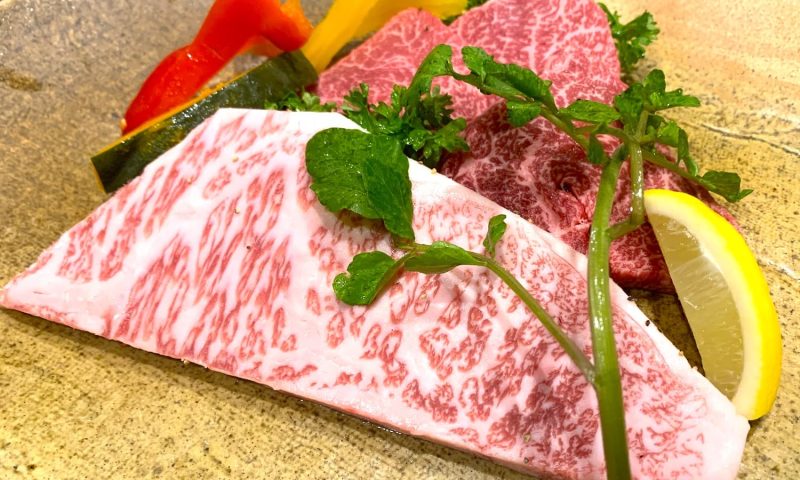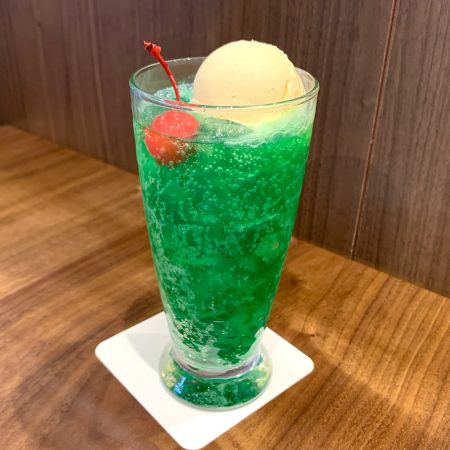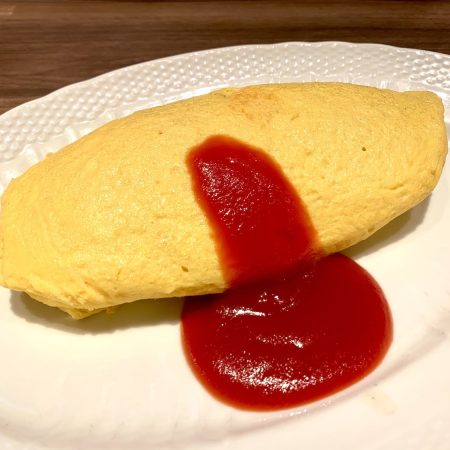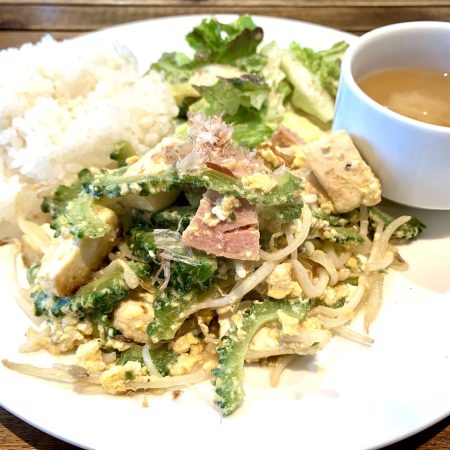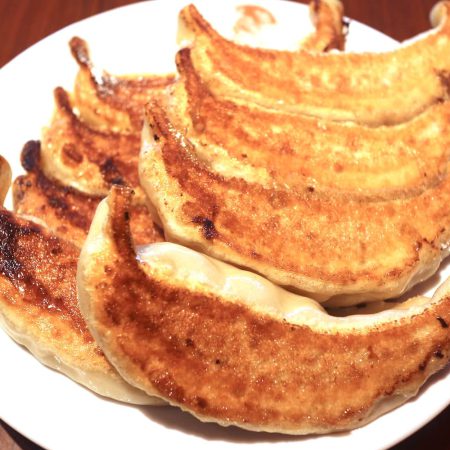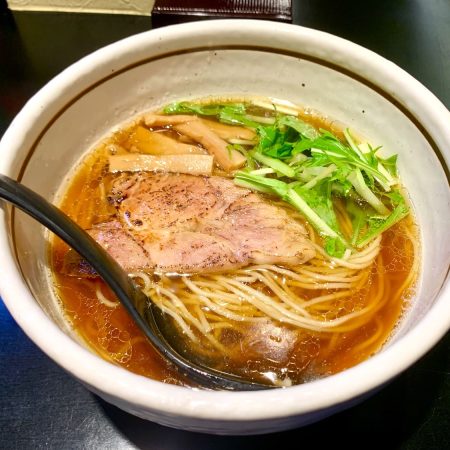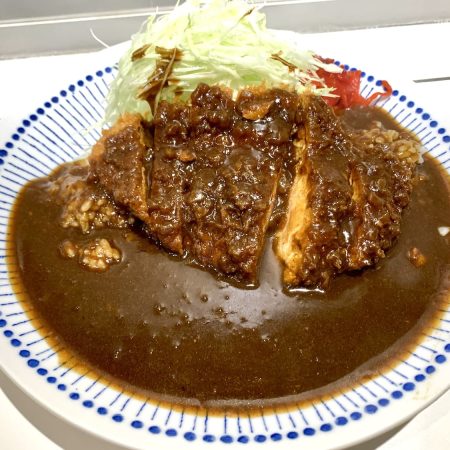This article highlights ten must-try Japanese dishes for visitors, featuring sushi’s accessibility through conveyor belt restaurants and the intricate ten-year training required to become a sushi chef. Kaiseki, a meticulously crafted multi-course meal, represents Japanese haute cuisine, with variations like Kappo and Ryotei offering unique dining experiences. Shabu Shabu and Sukiyaki, two hot pot dishes, showcase different preparation methods and flavors. Ramen, a Japanese staple, comes in various styles, and enthusiasts seek the perfect ramen shop throughout their lives. Yakitori, Yakiniku, Tempura, Tonkatsu, Soba/Udon, and Japanese Curry offer distinct flavors and cultural experiences. The article provides insights into Japan’s diverse culinary landscape, blending traditional and modern dining experiences.
1: Sushi
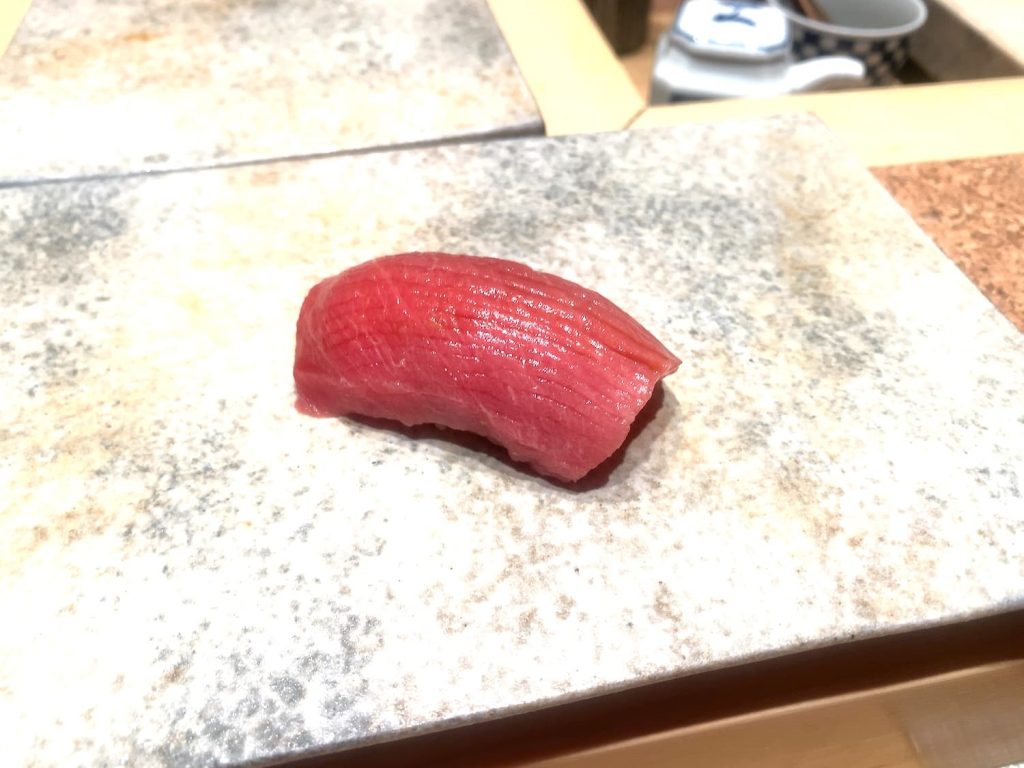
Sushi, traditionally regarded as a high-end specialty, has undergone an evolution that makes it more accessible, thanks to conveyor belt (kaiten) sushi restaurants. This innovative concept enables customers to easily access and select sushi dishes of various types and price ranges. Sushi varieties encompass sashimi, nigiri, and maki, each crafted in distinctive ways.
Becoming a sushi chef in Japan demands a minimum of ten years of training, as sushi-making is considered an intricate art form. Similar to performing artists, chefs hone their skills through hands-on training, showcasing dedication and mastery in every aspect, from selecting ingredients to presenting their creations with artistic flair. The meticulous approach of sushi-making extends to other culinary art forms in Japan.
2: Japanese
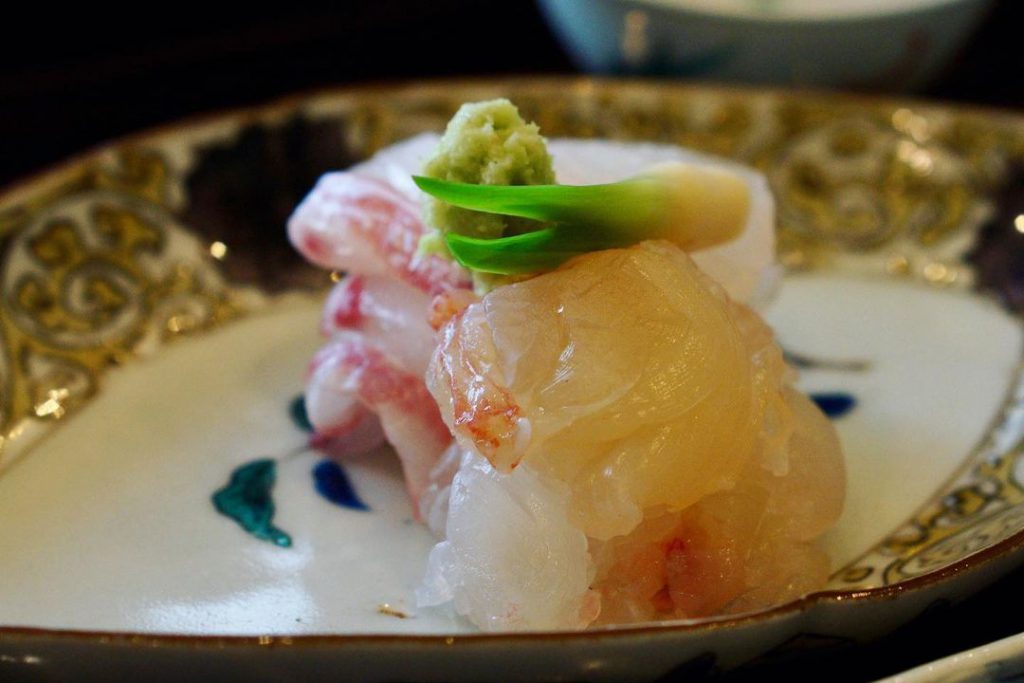
Kaiseki, a meticulously crafted multi-course meal, epitomizes Japanese haute cuisine through its meticulous attention to detail and artistry. Kappo, which translates to “cut and cook,” represents a sophisticated restaurant style that specializes in chef-selected kaiseki meals. This dining experience fosters close interaction between customers and the chef, placing a significant emphasis on taste and elegant presentation within a traditional setting.
Ryotei, an upscale traditional restaurant, offers kaiseki in private tatami rooms, prioritizing setting, architecture, and furnishings. Originating in the Edo period, it is frequently chosen for private meetings by politicians and elite individuals.
Izakaya, a Japanese drinking establishment, provides a casual and friendly atmosphere along with small, affordable dishes. Rooted in the Edo period, izakaya serves a diverse range of foods, such as edamame, sashimi, yakitori, and more, often shared among tablemates. Reservations are unnecessary, and the experience is welcoming to a diverse clientele.
3: Shabu Shabu / Sukiyaki
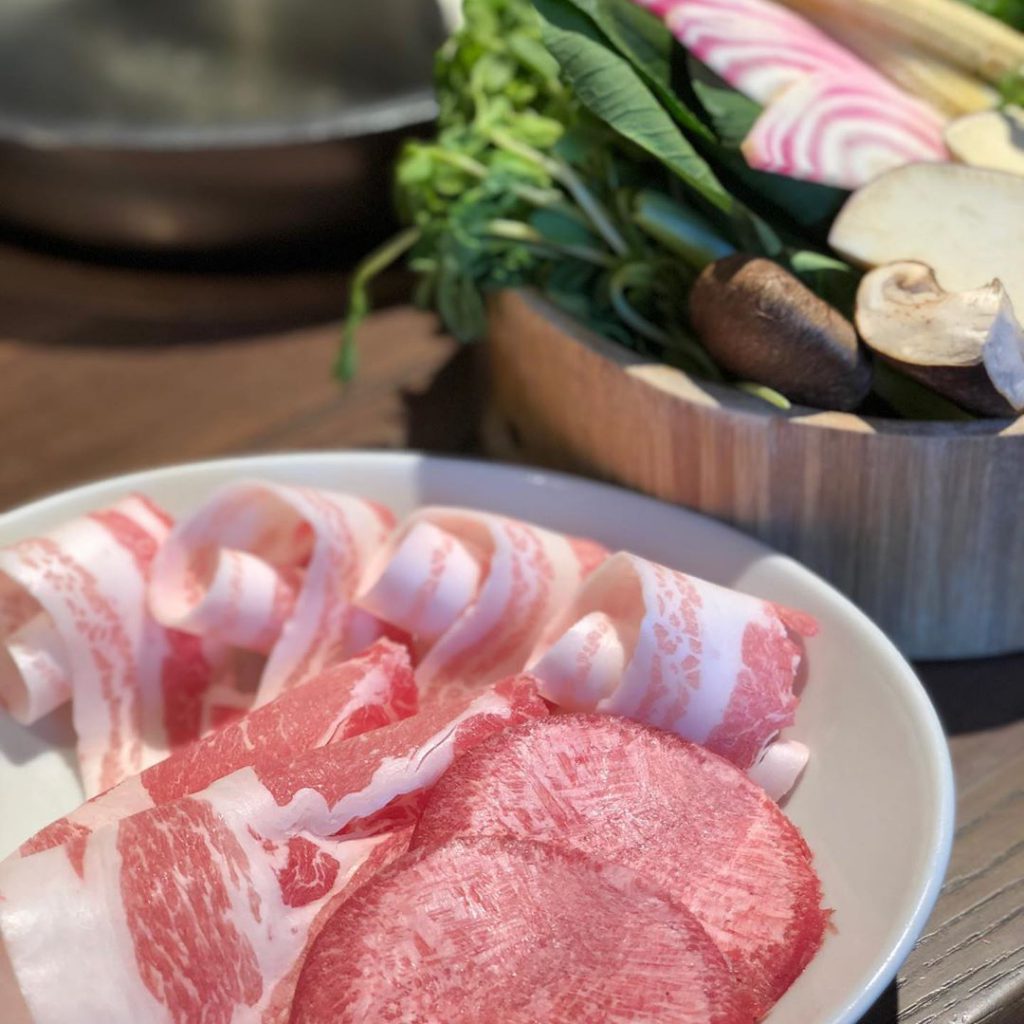
Shabu Shabu and Sukiyaki are popular Japanese hot pot dishes with distinct characteristics. Shabu Shabu involves swishing thinly sliced beef and vegetables in a hot broth at the table, allowing for instant cooking and bite-by-bite consumption. The name “shabu shabu” originates from the gentle swishing motion during cooking. While beef is the primary meat, options like pork, chicken, and lamb are available, and vegetarians can opt for a vegetable-only version.
On the other hand, Sukiyaki features a sweet and salty flavor seasoned with soy sauce, rice wine, and sugar. The meat, slightly thicker than in shabu shabu, is complemented by tofu, leek, Chinese cabbage, shiitake mushrooms, and shirataki noodles. Regional differences exist, with Kanto using a sweet sauce called warishita for seasoning before simmering ingredients together, while Kansai cooks the meat first, seasoning with sugar and soy sauce before adding vegetables.
The key distinction lies in the preparation method. Sukiyaki involves cooking ingredients together before serving, typically in a skillet, offering a rich flavor with its soy sauce and sugar seasoning. Shabu Shabu, resembling a soup, is less sweet but shares similarities with thinly sliced meat and vegetables dipped in sauce before consumption.
4: Ramen
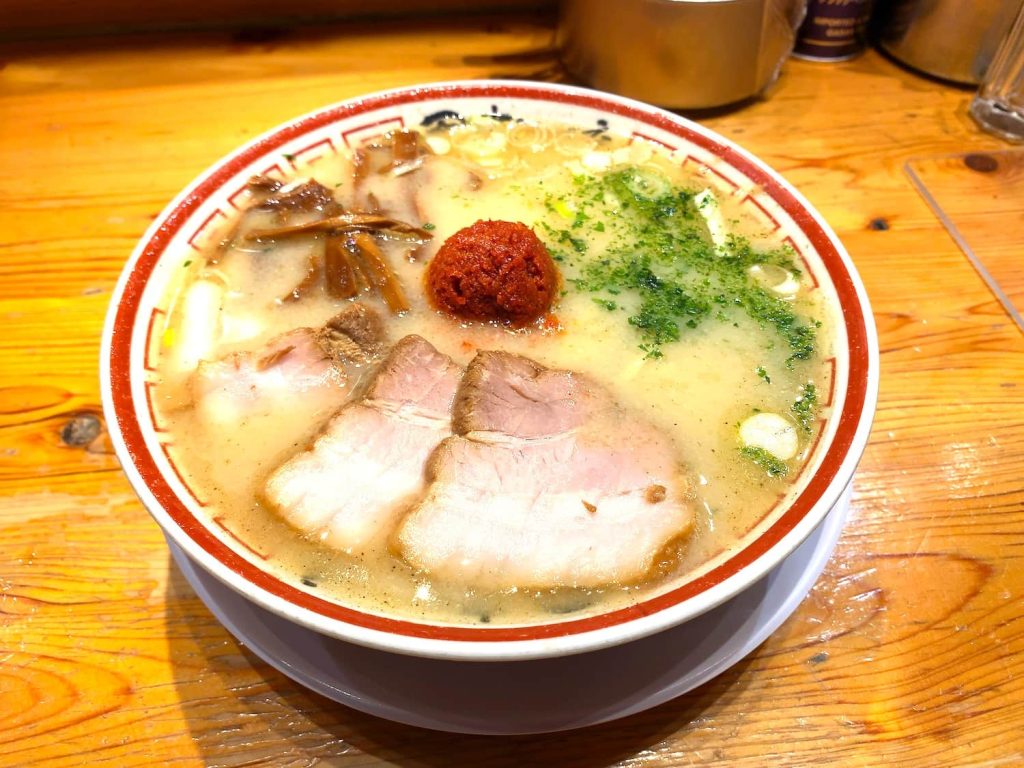
Japanese ramen, originating from China, has become a staple in Japan’s culinary scene. While often seen as “fast food,” the quality of restaurant ramen surpasses its packaged counterpart. The dish’s key components include soup, noodles, and toppings, with various styles and flavors, such as miso, soy sauce, tonkotsu, and shio. Navigating the classifications can be confusing for newcomers, considering soup bases like miso and shoyu, broth bases like kotteri and assari, and noodle types like egg, thin, and thick.
A traditional hot ramen in a savory soup is well-known, but alternatives like tsukemen, a dipping style, and hiyashi chuka, a cold noodle salad, are popular, especially during hot summers. The quest for the perfect ramen shop is a lifelong pursuit for enthusiasts. To fully immerse in the ramen experience, watching the movie Tampopo, a 1985 classic, is recommended.
One unique aspect of ramen culture is the accepted practice of loud slurping while consuming noodles in public. Far from being impolite, this custom is believed to enhance flavor and cool down the noodles, rooted in Japan’s prewar period and now an integral part of its food culture.
5: Yakitori
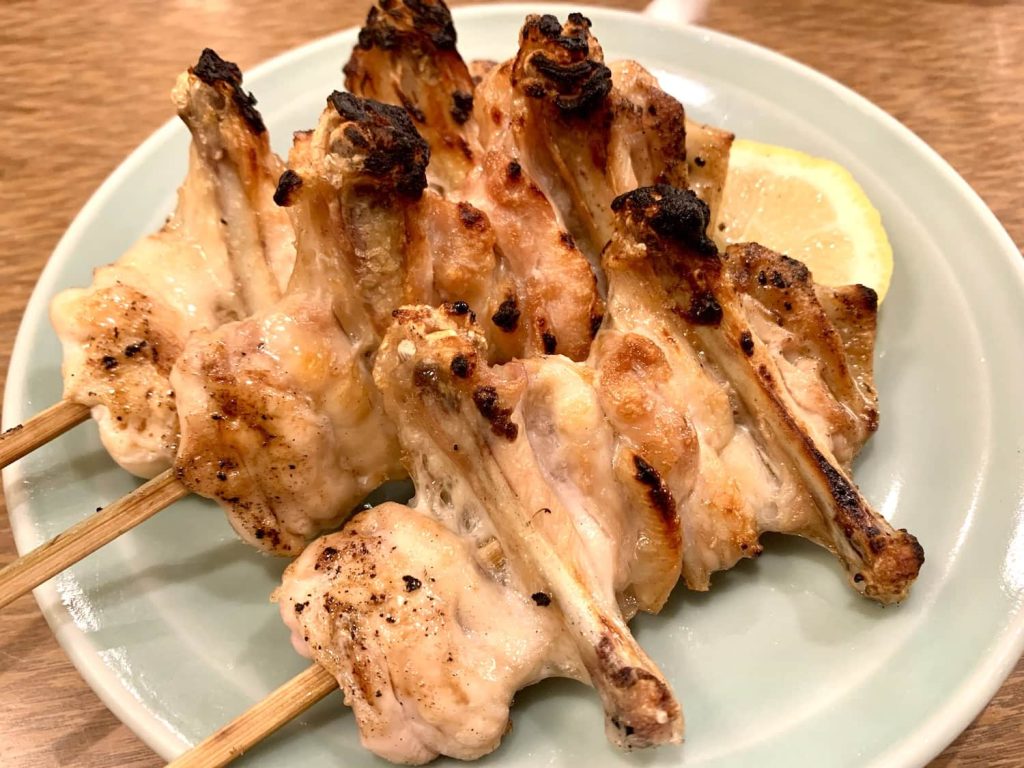
Yakitori, meaning “grilled chicken,” offers more than just skewered meat. It’s a cultural and dining experience found in izakayas, informal bars/restaurants. Traditionally a street food, yakitori features bite-sized meat pieces skewered on sticks and cooked on charcoal. The entire chicken is available, from breasts to liver. While yakitori and beer are izakaya staples, other food options are usually offered.
When ordering yakitori, you’ll be presented with the choice of shio (salt) or tare (sauce). Tare is a special sauce made with soy sauce, sugar, sake, and mirin (rice wine). It’s recommended to eat directly from the skewer, and trying a small portion before adding additional seasonings is suggested.
Yakitori comes in various forms, not limited to chicken. Choices include momo (chicken thigh), tebasaki (chicken wings), tsukune (chicken meatball), and kawa (chicken skin). Non-chicken options like asparagus, green peppers, shiitake mushrooms, ginkgo nuts, and quail eggs are also available.
6: Yakiniku

Yakiniku, more than mere grilled meat, encompasses dishes created by roasting various meats, such as beef, pork, chicken, seafood, and vegetables over an open flame. Similar to the Western BBQ concept, yakiniku places a strong emphasis on spending quality time with family and friends.
In Japan, yakiniku is an indoor activity where meat is cooked and enjoyed simultaneously, in contrast to the Western outdoor BBQ, where everything is baked and served all at once.
All-you-can-eat options, referred to as tabehodai, are prevalent in yakiniku restaurants, offering timed courses that enable patrons to continuously order until the allocated time expires. Some establishments may include salad bars or alcoholic beverages in the package. It is advisable to carefully review the menu before placing an order.
7: Tempura

Tempura, a popular Japanese dish, involves lightly battering seafood and vegetables, then deep frying them in vegetable oil. The batter, made of eggs, flour, and water, creates a crispy texture. High-end restaurants often suggest lightly salting the tempura to preserve its quality. Alternatively, it can be enjoyed by dipping into tentsuyu (dipping sauce) with garnishes like daikon radish and ginger.
Tempura can be a standalone dish or incorporated into other meals. Variations include tendon (tempura over rice) or as a topping for soba or udon. In fine tempura establishments, chefs prepare and serve each piece individually, creating a unique dining experience. Shrimp tempura is a popular choice, followed by squid, scallops, kisu (sand borer), and various vegetables like eggplant and shiitake mushroom.
Regional differences exist, with Kanto and Kansai styles showcasing variations. Kanto tempura features fish and eggs dipped in a flour and egg batter, fried quickly in sesame oil, and served with soy sauce. In contrast, Kansai tempura mainly consists of vegetables dipped in a flour batter, cooked in salad oil at a low temperature, and served with salt. Tokyo has more tempura shops than Osaka, reflecting regional preferences.
8: Tonkatsu
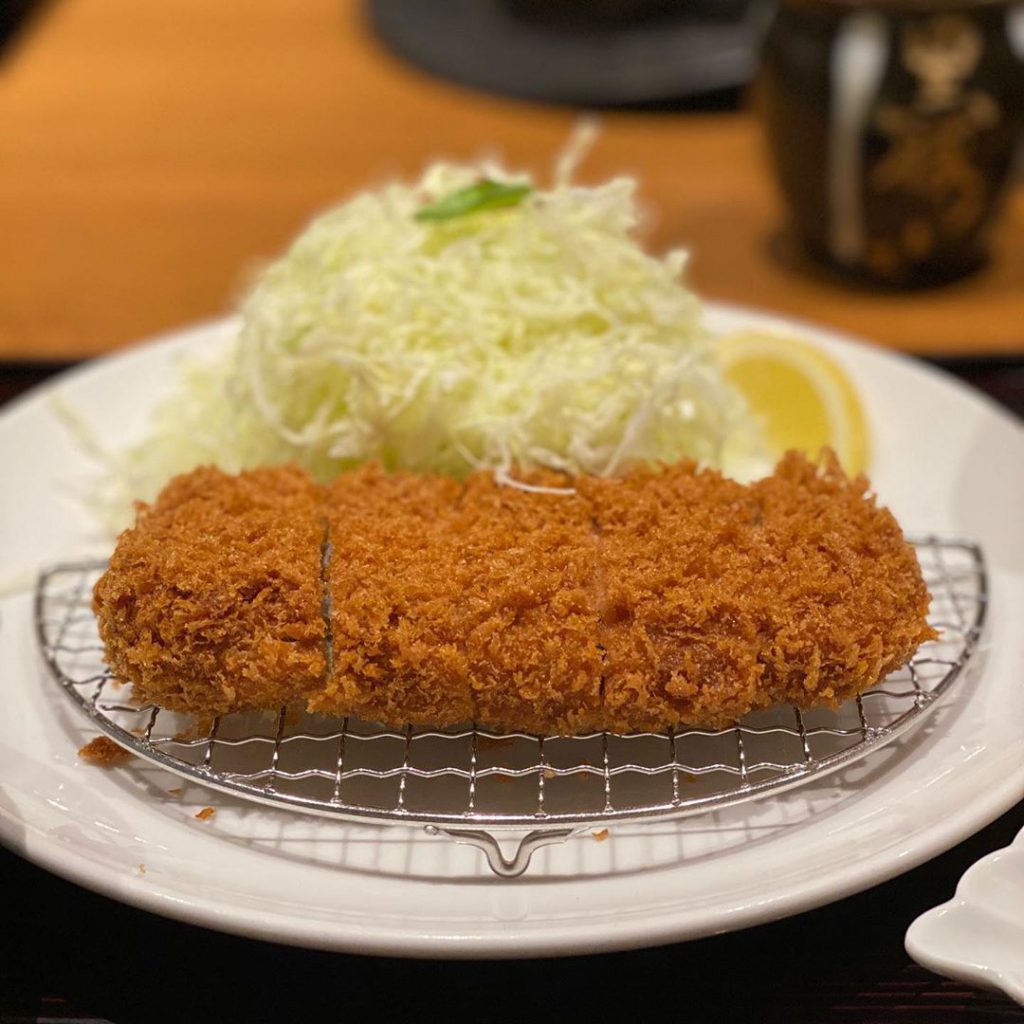
Tonkatsu is a delectable pork cutlet prepared by coating pork with beaten egg and Panko (bread crumbs), then deep frying until it achieves a golden-brown crust. The term tonkatsu is derived from “ton” (pig) and “katsu” (cutlet). Typically served as a set (teishoku), it comes with shredded cabbage, rice, miso soup, and mustard. Two pork cuts, rosu (loin) and hire (fillet), offer distinct flavors, with rosu-katsu being juicier due to marbled fat. Hire-katsu, less fatty and pricier, is considered a preference.
Beyond tonkatsu, various katsu dishes feature on menus. Katsu-don combines tonkatsu with lightly scrambled egg, cooked in a sweet and salty broth with sliced onions, served atop rice. Katsu-curry presents sliced tonkatsu over sweet, mild curry with rice. Katsu-sando offers a take-away sandwich with a pork cutlet between slices of fluffy milk bread.
An interesting tradition in Japan connects tonkatsu consumption, particularly the day before significant events like sports games or exams, with good luck. This superstition arises from the literal translation of “katsu” in tonkatsu, meaning “win.”
9: Soba / Udon
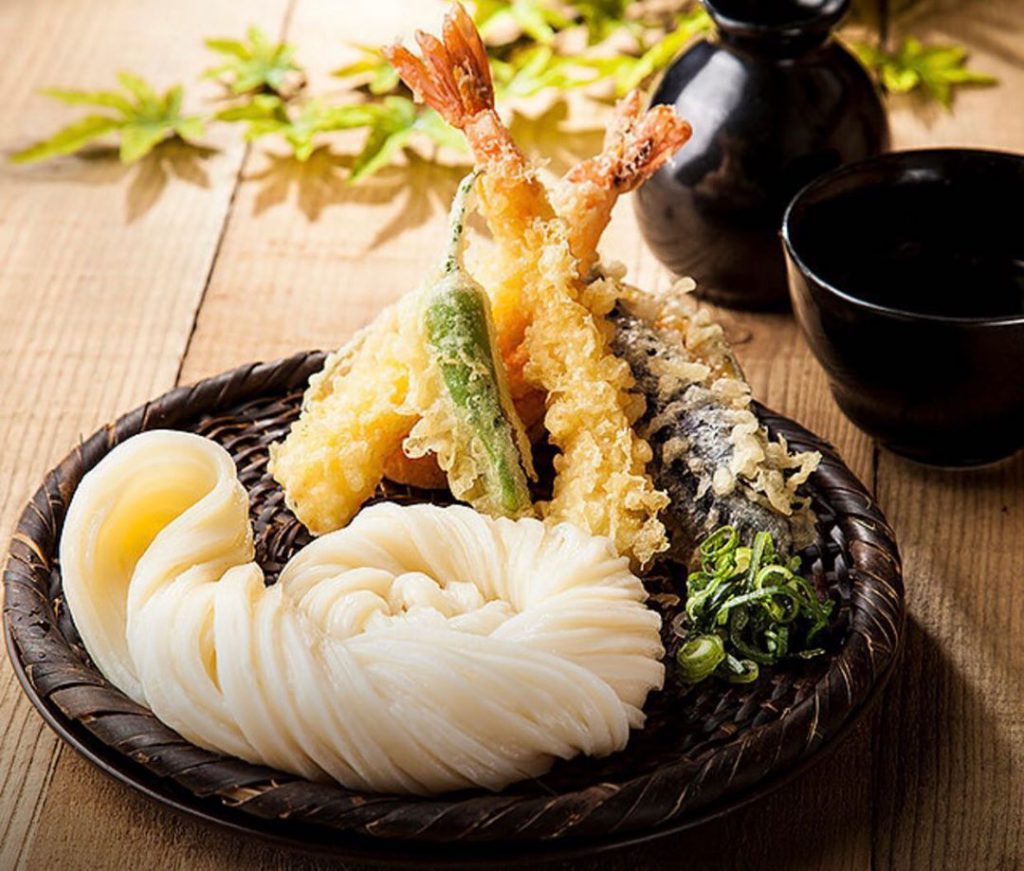
Soba, crafted from buckwheat flour, is versatile and can be enjoyed either cold or hot. Zaru-soba is a popular cold variation served with a chilled dipping sauce, while Kake-soba is a straightforward hot noodle dish featuring a Shoyu-based broth. Additional toppings, such as shrimp tempura or vegetables, can be added to enhance the experience. Toshikoshi-soba is traditionally consumed on New Year’s Eve, symbolizing longevity.
Udon, made from a blend of wheat, water, and salt, is commonly served in soups with diverse broths. In contrast to soba, cold udon is typically reserved for the summer, served with a dipping sauce or chilled broth. Fast-food alternatives like tachigui-soba, found in train stations, provide quick meals where patrons stand and eat. It is acceptable to slurp soba or udon, enhancing the overall enjoyment of the flavors.
10: Japanese Curry
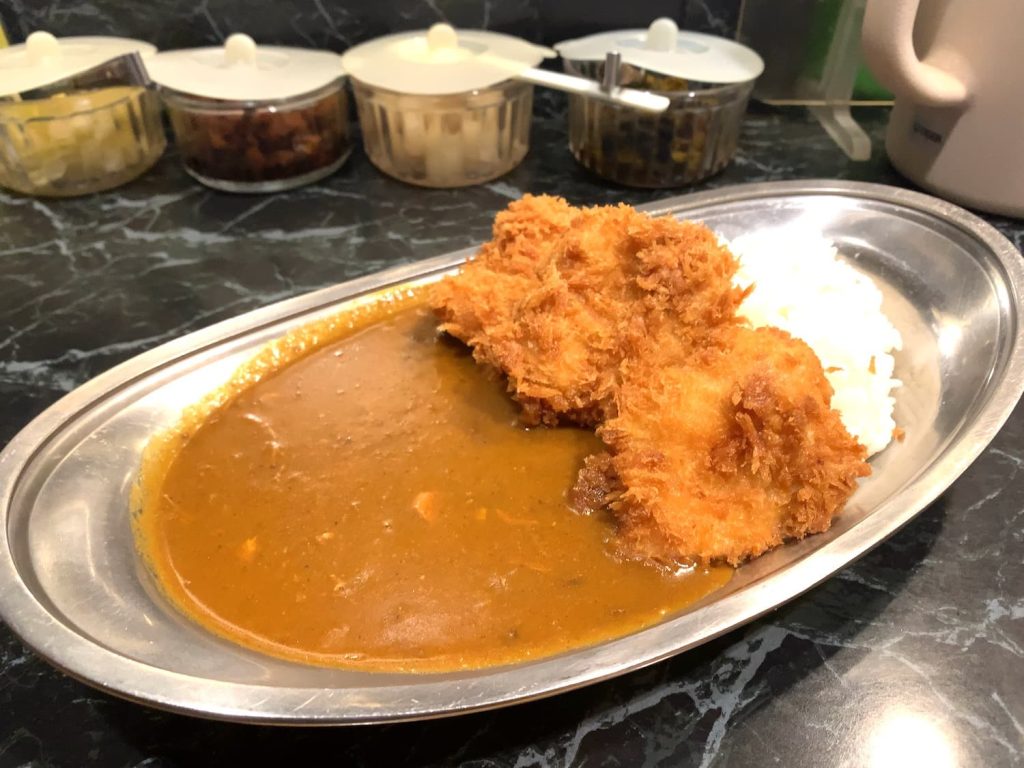
Japanese curry rice, originating from British-inspired Indian curry, evolved uniquely during Japan’s Meiji era, eventually becoming a national dish. The dish involves pouring a curry sauce with a roux over rice, accompanied by pickles, pickled ginger, boiled eggs, and Fukujin-zuke. Post-Pacific War, innovations like instant curry roux and retort curry led to global popularity, particularly in Europe through anime and manga influence.
Japanese curry rice takes various forms, including Katsu Curry, Curry Donburi, Dry Curry, Curry Pilaf, and Curry Udon. Despite its global appeal, it is not classified as fast food in Japan but is valued for its convenience and flavor. It is a popular home-cooked dish, commonly found in school lunches, and specialized curry establishments provide authentic experiences. While curry udon is available in some fast-food places, it is more commonly enjoyed in dedicated establishments, emphasizing Japanese curry’s widespread acceptance beyond fast-food categorization.

